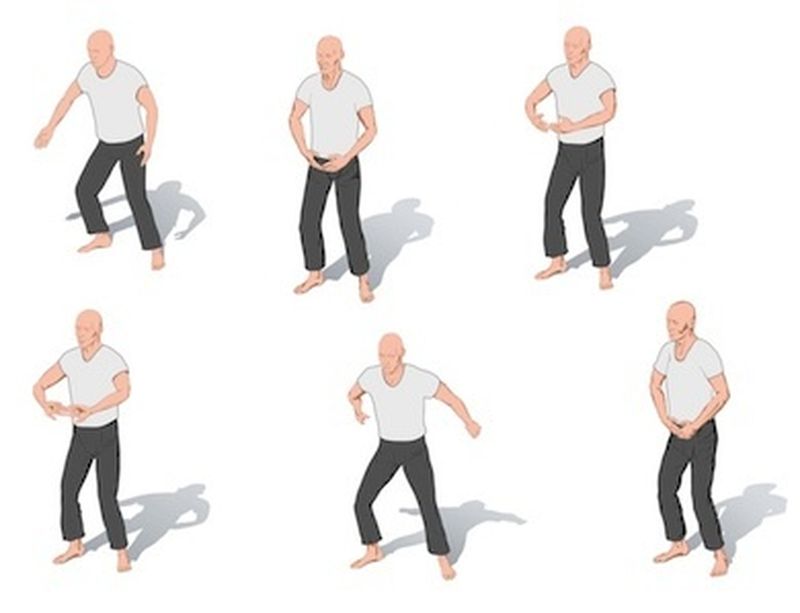Qi gong exercises for beginners
Absolute beginners in the field of qi gong? You don’t even know how to really pronounce it? No fear! Here are some basic exercises to familiarize yourself with qi gong and then, eventually, look for a teacher who has seriousness and good intentions.

It is pronounced ci (as ci, to us, second person plural) gong , it has nothing to do with the gong that makes a harmonic sound, but with gong as a job.
Qi is energy, that breath that inhabits and pervades us. Qi gong is a work on qi , the internal energy of the body, the vital breath according to traditional Chinese medicine.
There is static and dynamic Qi gong , often included in wellness programs that include Taoist exercises and self-massages , practices to improve internal breathing and for energy enhancement.
Qi gong is the art of cultivating Qi , increasing it, strengthening it and refining it, through external and spiritual techniques: posture and movement , mental concentration and meditation.
Here are some basic exercises of Chinese energy gymnastics to get familiar with the body and feel it from within, live it consciously.
Premises for beginners in Qi gong
How to prepare for the first approach to Qi gong exercises ? It is necessary to make a premise: our mind is very powerful . Qi gong , like meditation, has the power to make it become a blade, refine it .
In this technique, as in many others, if not all, the one who conveys the teaching is very important. We advise against people who improvise . Trust your hint and the years of practice that the teacher has behind him. It takes constancy, a great constancy . A gift that you too will gradually develop with patience.
First of all you will have to find some time . Mind you, it’s not like time is in between commitments. Time is something you always have. The ideal is to save one hour in the morning or one in the evening.
Begin, as far as possible, with no particular expectations . Be patient with yourself. You are entering an area that heals, cradles, nourishes, expands consciousness.
Read also Qi Gong, basic exercises >>
Qi gong exercises for absolute beginners
As far as possible, we try to leave you three basic exercises of introduction to Qi gong. An article is a limited tool, it takes the presence of a teacher or a teacher, but it can still be useful.
1) Rooted like trees (ZHAN ZHUANG GONG)
Standing upright, feet parallel to shoulder width, knees soft. The retroversion of the pelvis must not be exaggerated (as in some schools it is taught).
The top of the head tends upwards, the tip of the tongue rests against the palate. The arms should be placed forward, arched as if you wanted to embrace a large tree , the palms facing the t’an t’ien area (the center of the body the position is called CHENG BAO SHI) .
Then lower your hands to the level of the abdomen (TI BAO SHI) and finally lean on the lower t’an t’ien (below the navel , BAO T’AN T’IEN) .
How long to stay in this position? Meanwhile, you start to be there trying to keep your attention on the breath. You will see that the mind will go away. Have patience, be impartial. Be alert and loving.
2) Look for the high (which is like the low)
Start from Wu chi, an upright station which is the basic position ( Wu chi is also, to be clear, what symbolically precedes the Tao, the formation of black and white).
Push towards the ground then raise your arms over your head. Lower your hands to your shoulders, palms facing forward. Push forward while extending your arms. Repeat. How many times? Listen to yourselves. Without any rush.
3) Breathe consciously, flood the body with breath
Chen Pinsan writes: « The true breath, starting from the feet, circulates in the control and function channels like a wheel; the limbs have the stability of the mountains, the thoughts stop, the celestial mechanism moves by its own motion ».
I don’t know if there is a more valid explanation than this. Stand upright, do not visualize, do not seek any sensation. Stay with the breath.




























+ There are no comments
Add yours